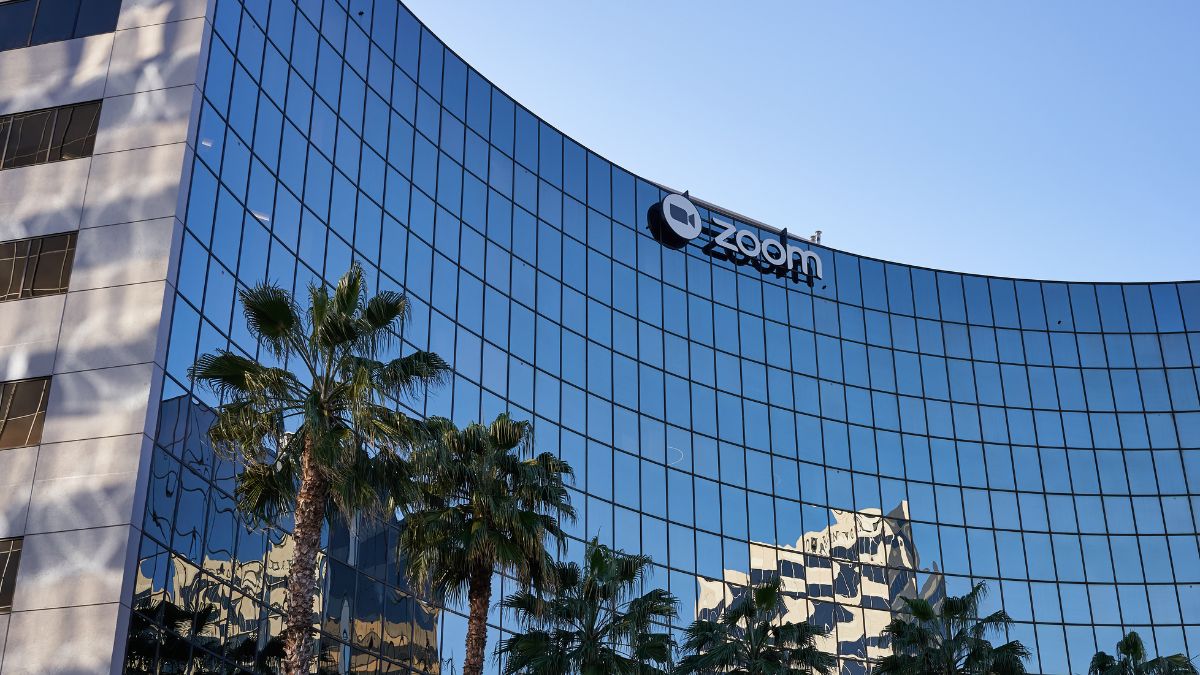Workspaces of the future will have a new spatial language – one that better reflects greater choice and flexibility.
Connection between people in the workplace will be a key determinant in the success of future of work strategies. Community will help create and nurture responsive workplaces capable of tackling the biggest challenges we are already facing. On a micro-scale, WFH has and will continue to impact the use and allocation of space needed to perform work and on a macro-scale it will also change the way we plan, build and allocate spaces within cities.
SIZE
Currently, companies have not been reducing office space significantly. Most of this change has been isolated to offices and retail and collectively makes up a 2% reduction in space in the US and 10% in the UK. The key reasons for companies still clinging onto existing real estate are the complexity of coordinating employees coming on-site on the same day and fear over the future need for more space through social distancing. However, the needs of all workspaces, particularly in office and retail, are changing and the nature of these spaces will need to be reallocated.
LOCATION
“The Donut Effect” has begun – the flow of people leaving the city centre to suburban areas. The Donut Effect is also strongest in larger cities and is pushing city centre relative prices down. Two key results were found from research on the flow of people as a result of the pandemic. The first is that demand has moved away from dense CBD’s towards less dense suburban areas – “The Donut Effect”. Although there is yet to be notable reallocation of space within city centres because whilst there has been a movement of people, hybrid arrangements are still bringing workers to the centre frequently enough to sustain pre-pandemic activity. Less worker time in the centre is shifting spending habits which is having a negative effect on retail and supports the need for the purpose of spaces to be reallocated to new needs and shifting habits.
On a functional level, offices need to focus more on providing quality spaces to bring employees on-site and tackle the Great Resistance. Offices also need to become more conveniently situated than they may have seemed before and which has shifted and challenged traditional hub and spoke way of operating to a greater focus on smaller, decentralised ‘spoke’ points across the city and even different locations entirely.
DESIGN
New technologies are being developed and launched rapidly and technology will continue to enable greater WFH adoption in the future of work. The market for WFH assisting technologies has increased five times pre-pandemic level. Innovation can be seen in VR and scheduling software which can help collaboration and space organisation and planning.
Workspaces have begun enabling people to embrace new ways of working through existing technologies such as Slack and Zoom which have even found their way into how people live their lives and communicate with distant friends, family, and communities. Workspace design must also adapt to the need for provision of more meeting spaces, lounge/ social spaces and better safety such as air filtration and cleaning facilities. The rapid rise in WFH and technological advancement has enabled greater outsourcing of functions such as IT which is creating new space within offices and the city.
The pandemic has shown us that workspace is no less important and instead we must change our approach to what it means and how we use it in order to effectively respond to the needs of today. Going forward, it is becoming ever more important that companies who are able to prioritise choice and flexibility will create more meaningful places for their employees and with this, shape the future.
